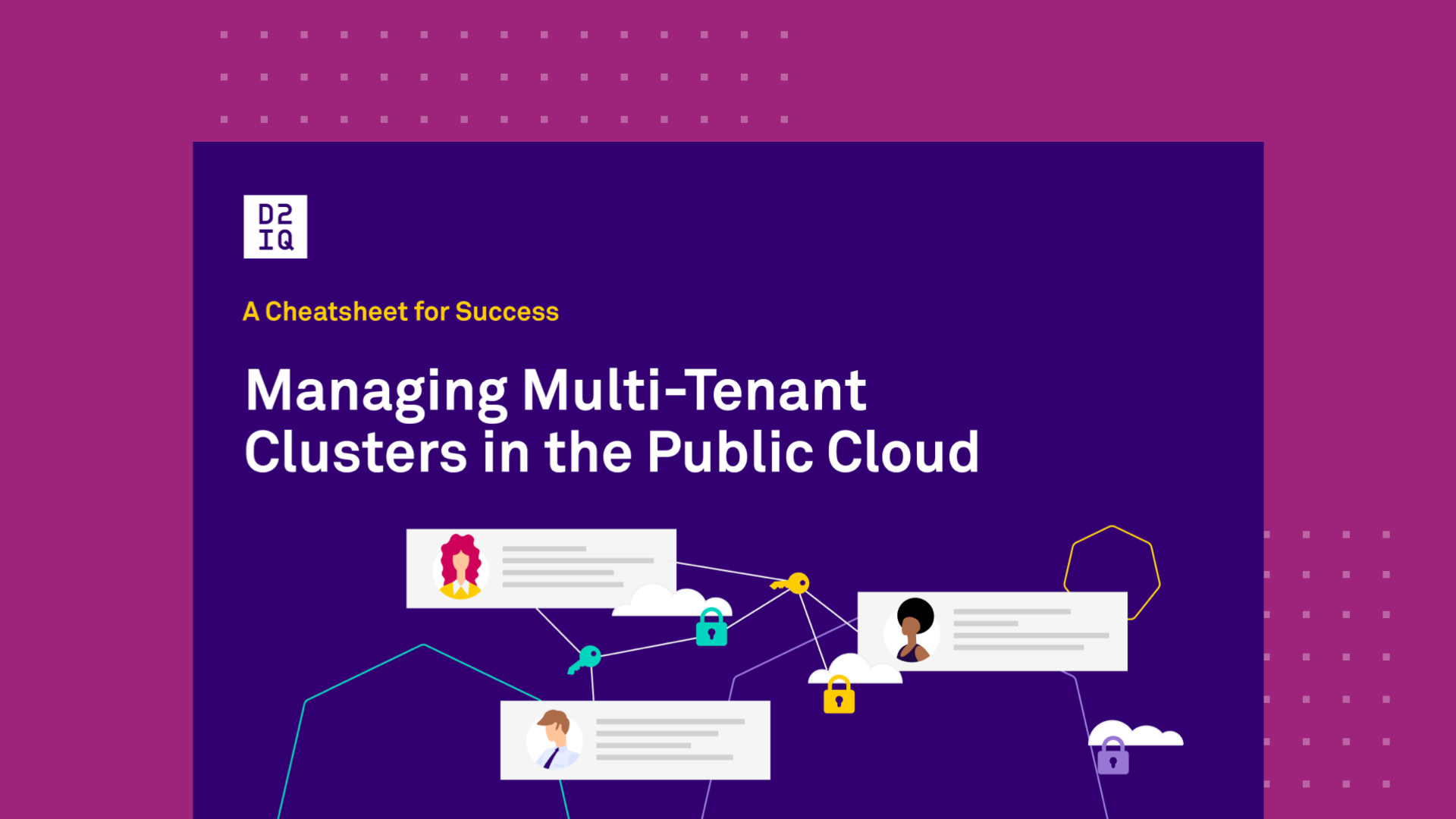If you’re running multiple AKS, EKS, or GKE clusters in the public cloud and have multiple users or teams who need cluster access, you need a solid multi-tenant cluster management strategy in place to drive policy and create consistency across identities and levels of access to cluster resources.

2 min read
- Consistently manage users, permissions, or policies consistently across cloud clusters
- Determine which users have access to which clusters, resources, or applications
- Configure the right level of access to users to perform their job duties
- Limit or manage resource use to sufficiently plan cluster capacity
- Govern pod network access
- There is no “one size fits all” type of governance framework. Different organizations, as well as different teams within the same organization, can have differing governance and access control requirements depending on the type of industry or organizational structure they are in.
- Access requirements for different roles will evolve as employees change job roles or responsibilities, or leave the company.
- You’ll want to define and implement policy at the top level, as well as create lines of separation across clusters. This not only allows for a consistent governance framework across the enterprise, but empowers division of labor across a wide variety of roles and projects.
Best Practices for Managing Multi-Tenant Clusters
- Best practices for identity and access management
- How to consistently deploy configurations and services across clusters
- Capabilities and best practices for auditing clusters
- Tools and features to simplify multi-tenant management of clusters








